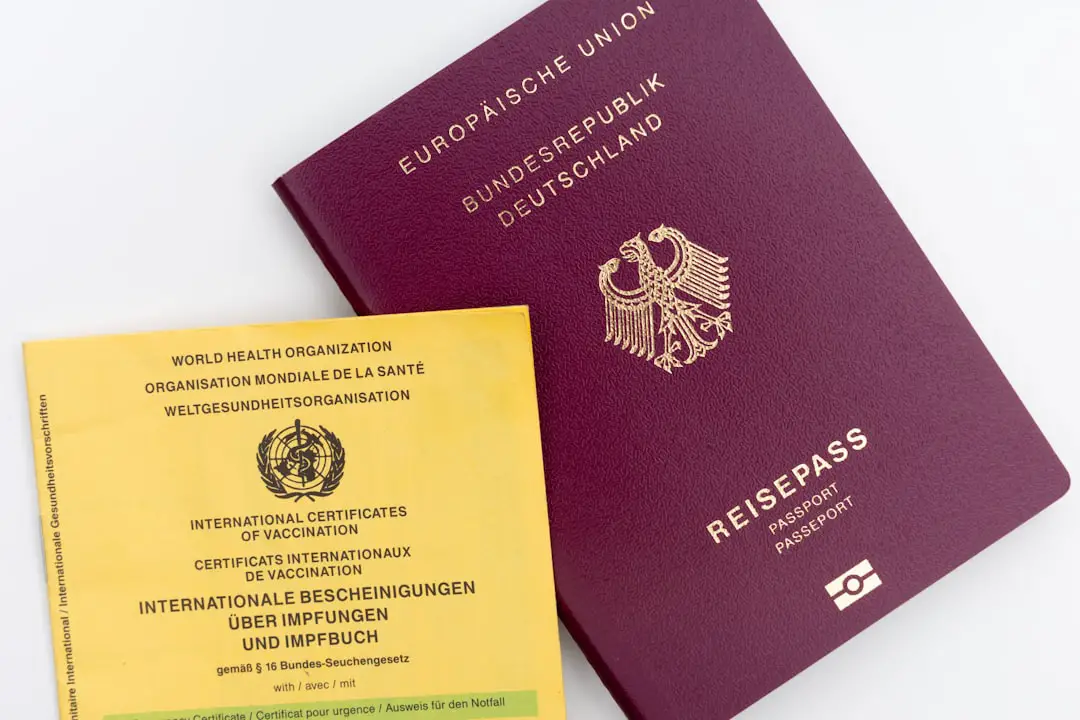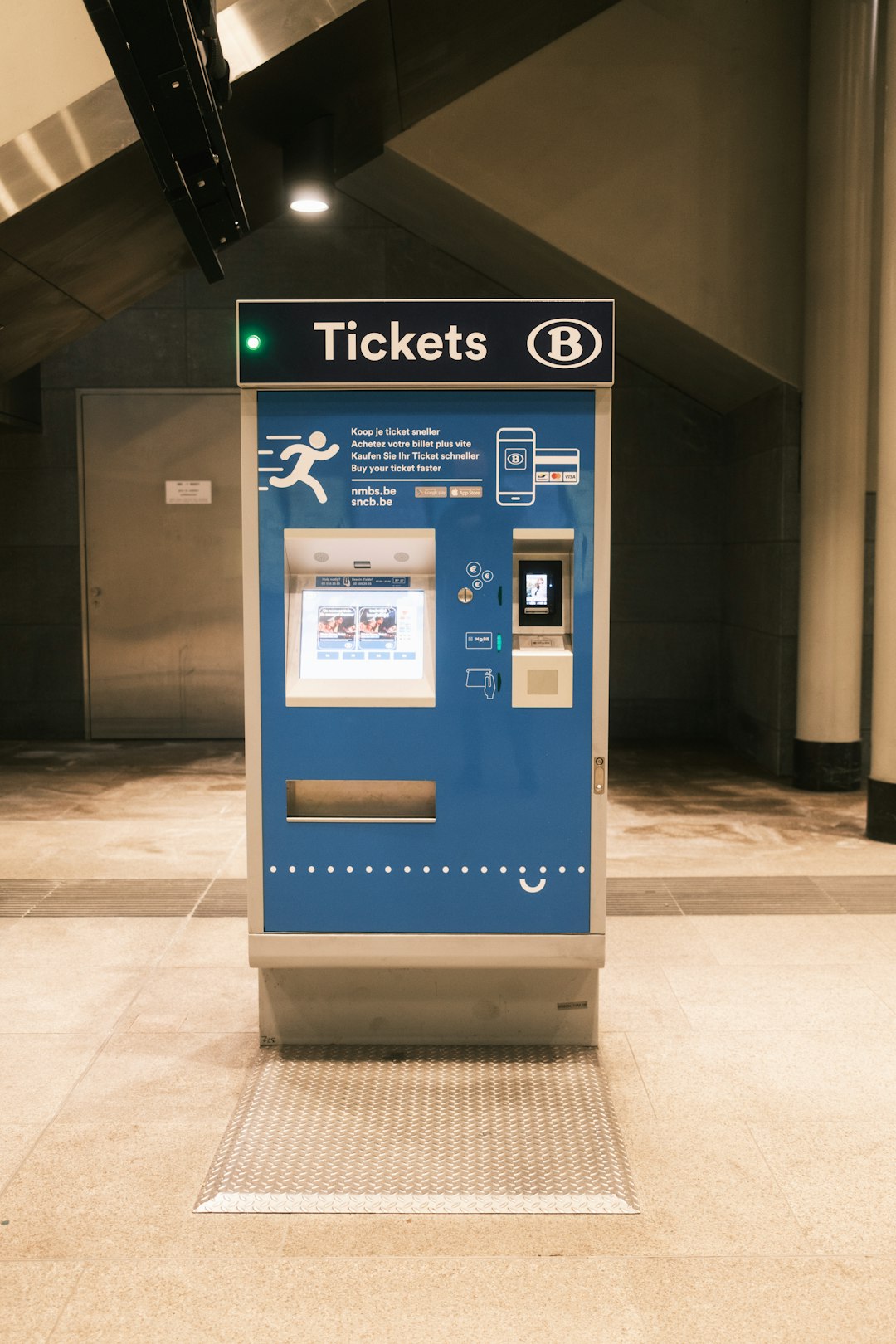In the age of digital services, strict identity verification protocols help protect user data, prevent fraud, and ensure secure access to personal and financial information. However, every now and then, users may find themselves stuck with frustrating errors like the notorious identity verification error [i11]. If you’ve encountered this issue, you’re not alone—many users report facing this error during login, account creation, or when verifying identity for financial services.
This guide explores the root causes of error [i11] and provides clear, actionable steps to resolve it quickly and effectively. Whether you’re dealing with this issue on a financial platform, social service, or government portal, the principles discussed here can help you get past the glitch and regain access.
What Does Identity Verification Error [i11] Mean?
Error [i11] usually indicates that the information provided during identity verification could not be matched or authenticated by the system. This could happen for several reasons, including inconsistencies in name or address data, an expired identification document, or an issue with the platform’s real-time verification tool.
This error frequently appears on sites that require verification for banking, tax filing, or benefits enrollment, where identity confirmation is critical to security.
Common Causes of Identity Verification Error [i11]
- Incorrect Personal Details: Entering a name, date of birth, or Social Security Number that doesn’t exactly match records.
- Outdated Documentation: Using an expired ID or an address that no longer matches current records.
- Third-Party Data Issues: Sometimes, verification services provided by third parties (like Experian or LexisNexis) face outages or discrepancies in their databases.
- Technical Errors: Issues in the backend system, cookies, or outdated browsers can sometimes trigger false negatives during verification.
- Fraud Detection Flags: Multiple failed attempts or suspicious activity may result in automatic denial of access.
Quick Fixes to Resolve the Error
1. Double-Check All Personal Information
Go back to the form and verify every piece of information you’re submitting. Make sure that:
- Your full legal name matches your ID documents and government records.
- Your address includes the correct postal code and matches utility or tax records.
- Your Social Security Number or tax ID is entered without errors.
Even a simple typo can trigger error [i11], so be thorough.
2. Use an Updated, Supported Web Browser
Some platforms have technical requirements. If you’re using an outdated browser like Internet Explorer, it may not support security protocols or JavaScript functionalities required for identity verification.
Switch to a modern browser like Google Chrome, Mozilla Firefox, or Safari. Clear your cache and cookies, disable ad blockers, and try again.
3. Upload High-Quality Identification Documents
Many services request scanned IDs, utility bills, or selfies of users holding their identification. Any blurriness, glare, or partial images will likely cause rejection.
Ensure that:
- The image is well-lit and crisp.
- All edges and text on the ID are fully visible.
- The ID is not expired.

4. Check Your Credit File
In some cases, your identity is verified through questions based on credit history. If your credit report has errors or lacks information, it may be impossible to authenticate you. Request a free credit report through services like AnnualCreditReport.com and verify that your name, address, and other details are current and accurate.
5. Try a Different Device or Network
Occasionally, the issue isn’t with your identity but with your network or IP address. Public Wi-Fi or flagged IPs can trigger fraud alerts in some systems. Try logging in from a different internet connection and use a personal device rather than a shared computer.
Still Seeing Error [i11]? Take These Advanced Steps
If the problem persists after checking the basics, it’s time to level up your troubleshooting. Here’s what you can do:
Contact Customer Support
Reach out to the platform’s support team. When doing so, provide:
- A clear description of the issue.
- Steps you’ve already taken to try resolving it.
- A screenshot (if possible) of the error message.
Some platforms may require manual review of your documents or provide a one-time verification form to bypass the automated system.
Try Verifying Through Another Channel
Many modern platforms offer multiple ways to verify your identity, such as:
- Via a secure mobile app scan.
- In-person verification at a nearby location or branch.
- Verification via video call with a customer service agent.
If one method fails, exploring an alternative can save time and effort.

Submit a Formal Dispute if Needed
If there’s a mismatch in your background report or credit file leading to failed verification, you may be able to
- file a dispute with the credit bureau or information provider
- correct your information and request a manual identity check through the service platform
While this process may take a few days, it can permanently correct any discrepancies causing repeated [i11] errors.
Preventing Future Verification Problems
Once you’ve resolved the error, it’s wise to take steps to prevent similar issues in the future:
- Keep your documents and information updated with government and financial institutions.
- Use consistent name spellings and addresses across different platforms and providers.
- Regularly monitor your credit reports for accuracy.
- Store copies of your verification documents in secure cloud storage for quick access.
Conclusion
Encountering an identity verification error like [i11] can be frustrating—especially when you need access to an important platform. However, by understanding the common causes and following these strategic steps, you can often resolve the issue far more quickly than expected.
Whether it’s updating your information, fixing a typo, or contacting support, every action you take brings you closer to full access. For ongoing digital safety, consider enabling two-factor authentication and keeping your digital identity profile in sync across platforms. A few extra minutes of attention now can save hours of inconvenience later.
Remember, identity verification is not just a hurdle—it’s a safeguard. Navigating it effectively not only solves error [i11] but strengthens your overall digital footprint.
